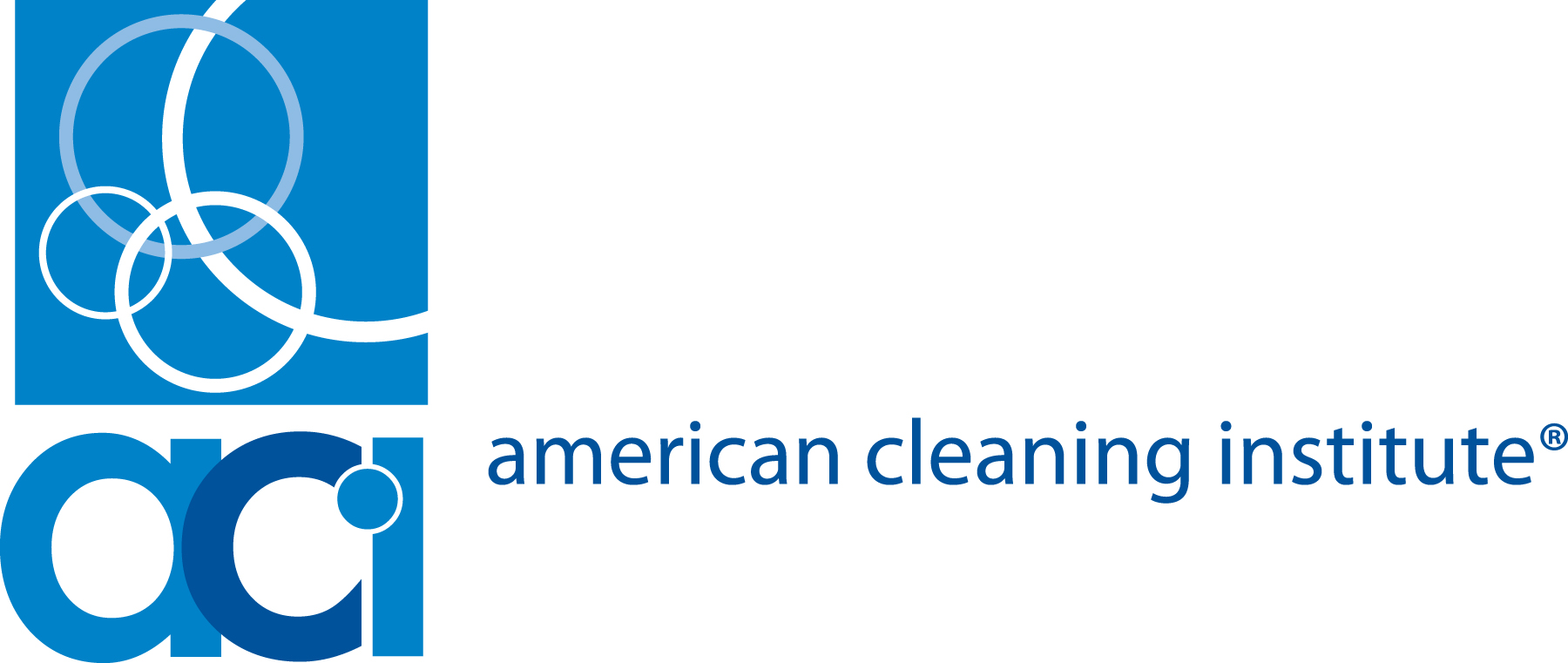Newswise — The "characteristic curvature" is not a new fashion trend or some fantastic new superhero. But in the world of soap and detergent research, it can help tell you how much a surfactant hates or loves water.
Three researchers at the University of Toronto are the recipients of the 2008 Soap and Detergent Association (SDA) Distinguished Paper Award, which recognizes the most outstanding research article published in the Journal of Surfactants and Detergents.
Sponsored by SDA and the Surfactants and Detergents Division of the American Oil Chemists' Society (AOCS), the award was presented at AOCS' 100th Annual Meeting and Expo in Orlando, Florida.
"The Characteristic Curvature of Ionic Surfactants" was authored by researchers Edgar Acosta, Art Bhakta and Jessica Yuan from the University of Toronto's Department of Chemical Engineering and Applied Chemistry.
"Surfactants are extremely versatile but largely misunderstood molecules," said Dr. Acosta. "In our article, we described a simple method to characterize one of their properties " their relative hydrophilic/lipophilic nature."
Hydrophilic surfactants love water, but lipophilic surfactants love oils and hate water.
The research protocol developed by Dr. Acosta and his colleagues builds on more than 30 years of phase behavior studies of microemulsions (the clear, stable liquid mixtures of oil, water and surfactant) and the concept of hydrophilic-lipophilic difference.
The Characteristic Curvature: The New Parameter
"The new parameter, the 'characteristic curvature,' will tell you if a given surfactant is hydrophilic or lipophilic, but more importantly, you can use it to predict important properties of surfactant-oil-water systems," said Dr. Acosta.
"In our lab, the characteristic curvature has simplified our work tremendously. For example, we used it to understand how to work with complex surfactant mixtures extracted from acid crude oils (naphthenates). We also used it to design hard surface cleaners and washing solutions for a range of substrates (oils) and cleaning conditions.
"It is now part of our routine studies and we expect that it will be useful to colleagues involved in soap and detergent research."
"The Characteristic Curvature of Ionic Surfactants" was published in the July 2008 edition of the Journal of Surfactants and Detergents (11:145-158).
The Soap and Detergent Association (SDA " www.cleaning101.com), the Home of the U.S. Cleaning Product and Oleochemical Industries®, is a one-hundred plus member trade association representing the $30 billion U.S. cleaning products market. SDA members include the formulators of soaps, detergents, and general cleaning products used in household, commercial, industrial and institutional settings; companies that supply ingredients and finished packaging for these products; and oleochemical producers. SDA and its members are dedicated to improving health and the quality of life through sustainable cleaning products and practices.
